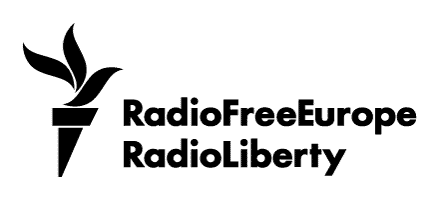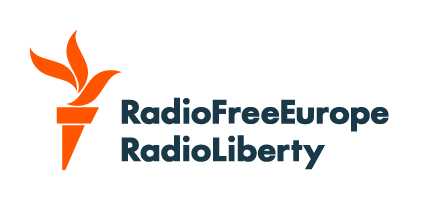Deep beneath the mountains near the city of Qom lies one of Iran’s most heavily guarded nuclear sites: the Fordow Fuel Enrichment Plant.
Designed to survive even the most powerful air strikes, Fordow has become a focal point in Israel’s escalating concerns over Tehran’s nuclear ambitions.
But why is this site so difficult to target -- and why would Israel need US help to even attempt it?
Buried so deeply below ground, destroying the Fordow nuclear facility poses a huge military challenge, something that is widely believed to be beyond the reach of Israel’s conventional munitions.
This has fueled speculation about the GBU-57A/B, also known as the Massive Ordnance Penetrator (MOP)-- a 13,600-kilogram "bunker buster" bomb developed by the United States to destroy deeply buried targets such as fortified underground facilities and tunnels.
The MOP is exclusively deployable by the B-2 Spirit stealth bomber, a platform not available to Israel.
While US President Trump has escalated rhetoric against Iran, there has not yet been any clear indication that the United States would actually deploy the B-2 or MOP in any direct action.
Even with this weapon, destroying Fordow isn’t guaranteed, however.
It might take multiple hits, and there are still unknowns about the facility’s design. But without US help, Israel simply doesn’t have the tools to do the job.
Any strike on Fordow also risks sparking a much wider conflict in the region.
That’s why, despite the technical capability, the United States has so far held back from taking direct military action.












